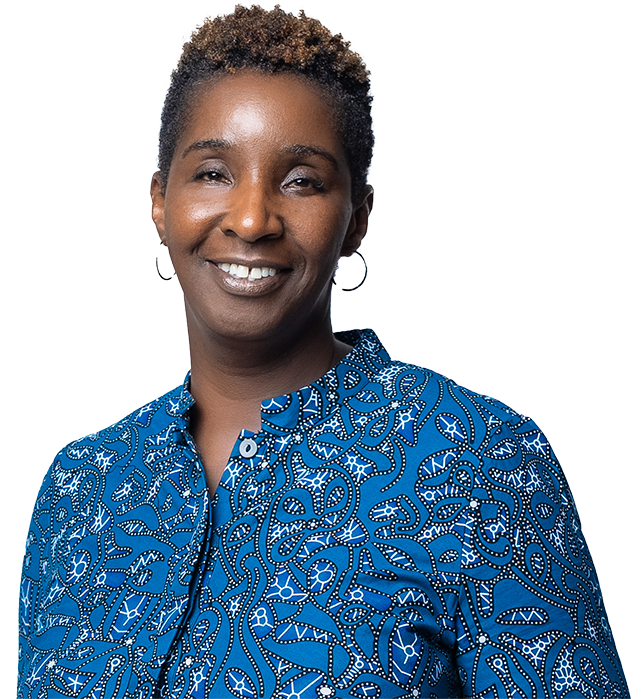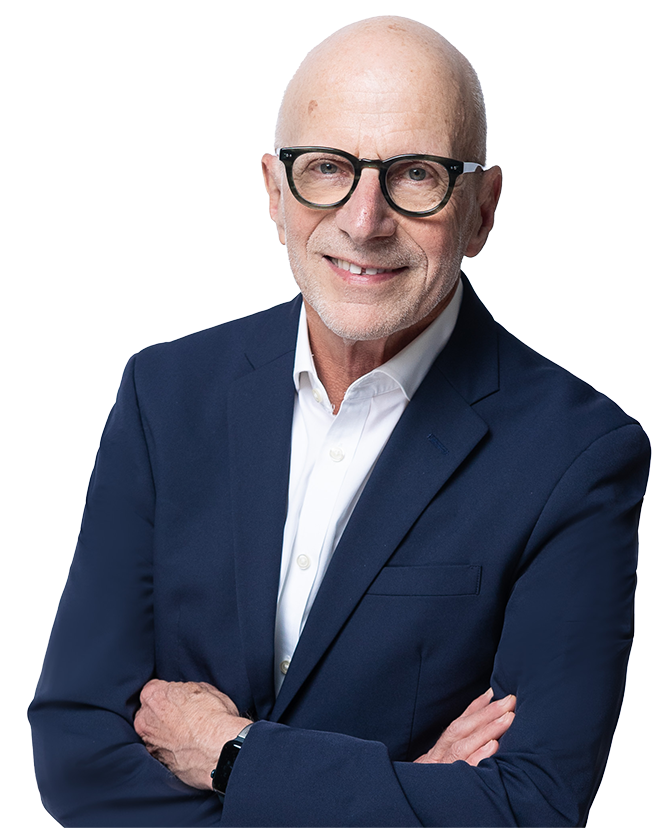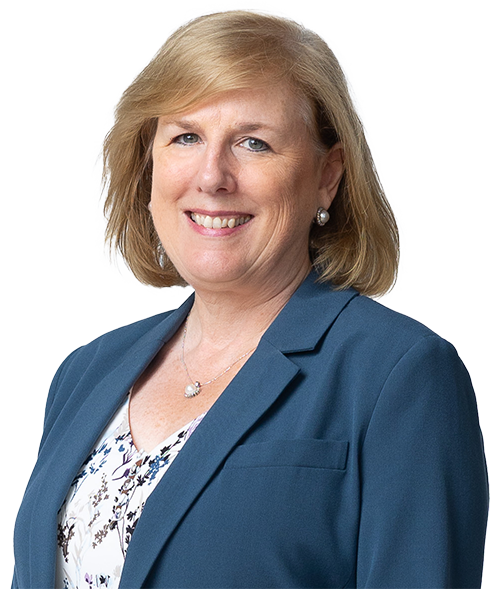Transformation is a word often associated with The Village. Each year Village clinicians, staff and volunteers help approximately 20,000 families and children embrace change. Over the last 17 years, The Village itself has been transformed through Galo Rodriguez’s leadership as its president and chief executive officer. Rodriguez will retire in 2024 but his legacy will endure. A look back at his tenure reveals critical decisions and calculated risks that are responsible for The Village’s growth.
Underpinning it all was a vision.
“I came to The Village in 2006, to an organization that had been around for 200 years, and the expectations were high,” said Rodriguez. “My vision was to have an organization that would significantly impact people’s lives—a lasting impact. Something that families can take with them and that
will transform their lives.”
Andrea Barton Reeves, commissioner of the state’s Department of Social Services, served on the search committee that hired Rodriguez.
She remembers being impressed not only by his credentials but also his unique perspective. She says Rodriguez’s emigration from Colombia, lack of privilege and love of family helped him truly understand the community he serves.
“When I think about the work he’s done, it’s visionary and transformational,” said Barton Reeves. Barton Reeves credits Rodriguez and the board with expanding The Village’s focus beyond children and realizing that strong families are the key to mental health and wellness. Under his leadership The Village added programs and services for mothers, domestic violence survivors, fathers, substance users and those in need of adult outpatient care. A new Financial Opportunity Center was created along with a Quality Parenting Center.
“For a long time, The Village believed the focus should just be on children, but then we started to realize that you can’t support children without supporting families, so this bright line that existed before was one [Galo] insisted on not only blurring but eliminating,” said Barton Reeves.
More innovations followed. Village management became less siloed so clients could more easily access different programs. Delivery of services was decentralized and brought closer to the community. Preventing trauma, instead of just treating it, became a priority.
“Every time I see a family making a big change, I feel great. It is not Galo’s Village or agency. It belongs to 600 workers, working together to fulfill the mission.”
“We knew The Village was great for treatment for foster care, for clinical, for residential care but we need to prevent families from getting there,” said Rodriguez. “We needed to get in front of it, identify at-risk families and start creating evidence based early interventions.”
Dr. Paul Dworkin is the executive vice president for community child health at Connecticut Children’s and has worked with Rodriguez for years. “What’s so remarkable about his legacy is the extent to which he embraced prevention or even promotion of children’s health and well-being,” said Dr. Dworkin.
Under Rodriguez’s leadership, The Village started overseeing home visiting services in Hartford for at-risk families and began embedding at pediatric offices to truly integrate mental and physical health treatment.
“Galo always leads with optimism, with positive thinking, and with asking the question—how can we best do this— rather than citing all the obstacles we need to overcome to achieve success,” said Dr. Dworkin.
“I hope one day the prevention side will take The Village out of business on the intervention side,” says Rodriguez.
Since Rodriguez arrived in 2006, The Village has more than doubled the number of clients it serves each year. More staff, new buildings and additional programs mean The Village’s reach is far greater than at any time in its 200-year history.
For The Village Board, it’s important that growth coincides with fiscal strength and strategy. Beth Costello is the Chief Financial Officer at The Hartford and a longtime leader of The Village Board’s Finance Committee. She says the finances have improved substantially and that supports the goal of stability and ultimately serving more clients.
“I think of Galo as a visionary, always thinking about the next thing that can be done and never settling for the status quo. He pushes the organization, and it has improved by leaps and bounds.”
In recent years, The Village, like all non-profits, had to navigate the pandemic. Existing clients needed the critical services to continue but the traditional methods of treatment were not always available. In addition, demand for mental health supports skyrocketed from communities outside The Village’s typical service area.
The Village quickly launched a telehealth program, secured funding for a basic needs grant to help families make ends meet and nearly doubled its investment in school-based mental health programs.
Today The Village serves clients in 59 towns, compared to 8 before the pandemic. The new Urgent Crisis Center on the Albany Avenue campus, one of four in the entire state, cements The Village’s role as one of the leading mental health agencies in Connecticut.
So, while the pandemic challenged The Village, it ultimately made it stronger. The Village—thanks to its board, government partners, corporate and private donors, volunteers and staff—met the moment.
John Turgeon is a partner at CohnReznick and was Chair of The Village Board of Directors through the pandemic. He believes The Village is well positioned for the future because innovation and teamwork are part of its DNA.
“One thing I’ve seen with Galo over the last nine years is that he is a magnet for talent. When you think about all the people who are here today and the people who have come on board during my tenure, you can see he wants to bring people here who have the same passion and vision and appetite for success that he has had.”
Hector Glynn, a longtime Village executive, says Rodriguez’s mentorship will help him succeed as the agency’s next president and CEO, “There is no doubt Galo’s impact will be felt for a very long time. I hope he can take a step back and appreciate what he’s been able to accomplish for families and children.”
Rodriguez does not spend a lot of time looking back. He’s more inclined to think about The Village’s future, gratified that his legacy will help shape it.
“Every time I see a family making a big change, a child having coping mechanisms for trauma, able to control nightmares, tantrums, anxiety, every time I see changes, I feel great. I tried to instill that passion in The Village’s workers because it is not Galo’s Village or agency. It belongs to 600 workers, working together to fulfill the mission.” ◼
VILLAGE GROWTH OVER GALO'S
17 YEARS
▽
Staff has increased 90%, from 301 to 562.
The number of clients served annually has increased
244%
Village sites have grown from
15 to 28.
225
increase in the number of programs centered around prevention.
“When I think about the work he’s done, it’s visionary and transformational.”

“What’s so remarkable about his legacy is the extent to which he embraced prevention or even promotion of children’s health and well-being.”

“I think of Galo as a visionary, always thinking about the next thing that can be done and never settling for the status quo. He pushes the organization, and it has improved by leaps and bounds.”

